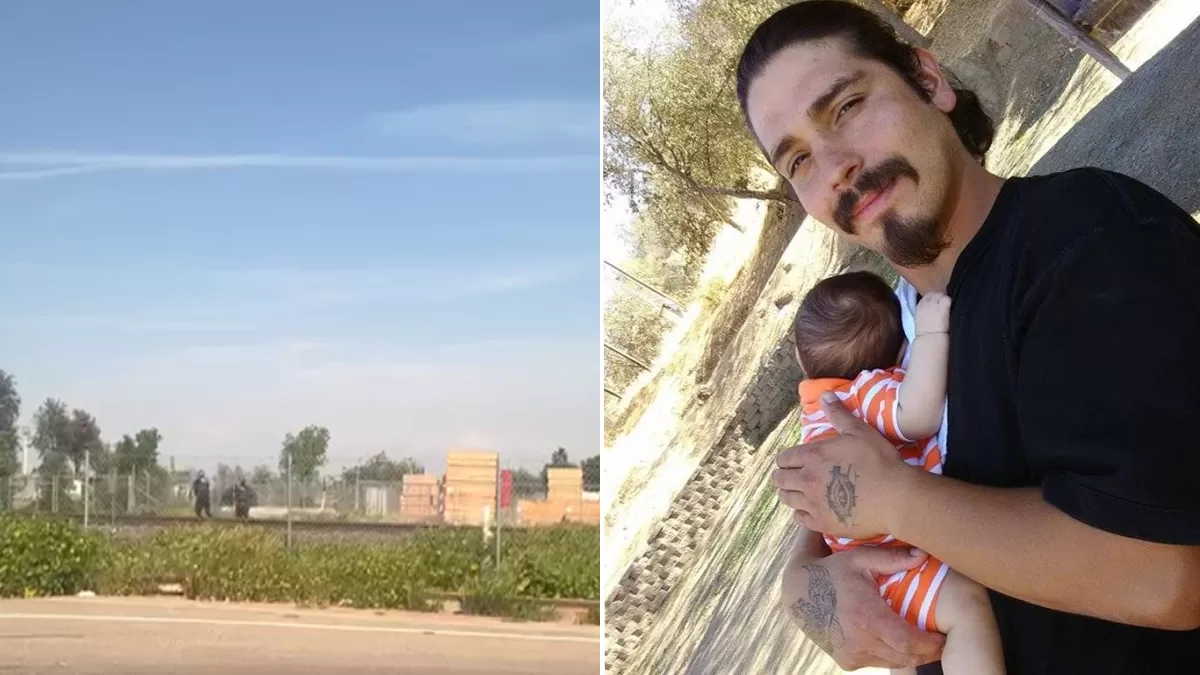No injuries or deaths were reported in connection with the flooding in Vermont, according to authorities. But there were dozens of roads closed, including many along the Green Mountains. The National Weather Service issued flash flood watches and advisories for most of the state, from the Massachusetts border and north to the Canadian border.
The slow-moving storm made its way to New England after hitting areas of Connecticut and New York on Sunday, where a person died trying to evacuate their home in floodwaters.
President Joe Biden, who was in Vilnius, Lithuania, for the annual NATO summit, declared a state of emergency in Vermont and authorized the US Federal Emergency Management Agency (FEMA) to ) to help coordinate relief efforts and provide assistance.
The White House will continue to monitor the effects of the flooding, press secretary Karine Jean-Pierre said at a news conference Tuesday, urging people in affected areas to “please, please stay safe and continue to security protocols.
Some towns had received between 7 and 9 inches (17.8 centimeters and 22.9 centimeters) of water by Monday night.
Floods affected Montpelier, the state capital. Interstate 89, a major highway, was cut off in both directions between Montpelier and Middlesex, and north of Montpelier.
Montpelier City Manager Bill Fraser has warned that the Wrightsville Dam, several miles to the north on the north branch of the Winooski River, could exceed capacity. That has never happened.
“There would be a huge amount of water coming into Montpelier, which would drastically add to the existing flood damage,” he said, noting that there were very few evacuation options left.
“People in risk areas might want to go to the upper floors of their houses.”
“We haven’t seen rain like this since Irene,” said Vermont Gov. Phil Scott, referring to Tropical Storm Irene in August 2011. That storm killed six people in the state, swept homes off their foundations and damaged or it destroyed more than 200 bridges and 500 miles (805 kilometers) of highway.
The difference is that Irene lasted just 24 hours, Scott said.
“This follows. We are getting just as much rain, if not more. It takes days. That’s what worries me. It is not the initial damage. It’s the wave, the second wave and the third wave,” she said.
Vermont Rep. Kelly Pajala said she and half a dozen others had evacuated Monday morning from a four-apartment block on the West River in Londonderry.
“The river was at our gates,” Pajala said. “We threw some dry clothes and our cats in the car and drove to higher ground.”
People in New York and Connecticut cleaned up the debris left by the rains. The National Weather Service in Burlington said the rain in northern Vermont would subside on Tuesday, though more rain was expected Thursday.
Officials said the storm had already caused tens of millions of dollars worth of damage.
At a news conference on a muddy street in Highland Falls, New York Gov. Kathy Hochul said the episode was being described as “a once in a thousand year event.”
Atmospheric scientists point out that destructive flooding is driven by storms formed in a warmer atmosphere, bringing extreme rainfall. That phenomenon will only get worse with the additional warming that scientists are predicting.
___
Minchillo reported from Highland Falls, New York. Kathy McCormack in Concord, New Hampshire; Michael Hill in Albany, New York; and Mark Pratt and Steve LeBlanc in Boston contributed to this report.
FUENTE: Associated Press





